Add-fertilizer for leafy vegetables and resowing seeds (Starting a vegetable garden from scratch)
How to start a home garden in winter. Last time, I explained how to sow leafy vegetable seeds and create a grow tunnels. This time, we’ll start by checking how the seeds sown last time are doing.

First, let’s take a look at the spinach sown in the frontmost bed. (Spinach is relatively resilient to cold, so it is often cultivated in winter garden.)


For fertilizing, we use chicken manure. The amount is 2-3 pellets per hole in the mulch. In winter, since the decomposition of fertilizers is slow, this amount of add-fertilizing is sufficient.
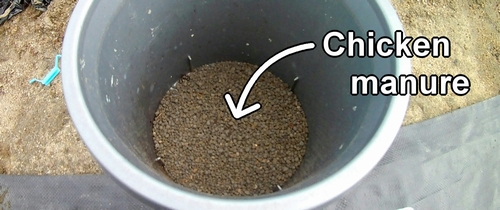
Using your finger, make a hole away from the base of the plant, add-fertilizer, and then lightly cover it with soil. Since direct contact with the roots can harm them, apply fertilizing a bit away.


In areas where there is no germination or only one seed has sprouted, sow the seeds again.
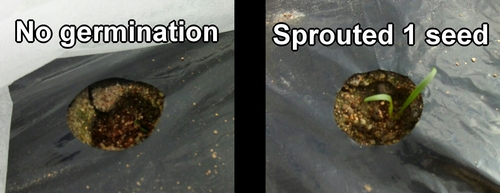
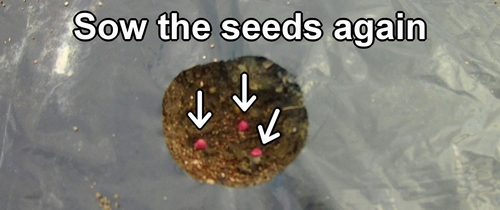
The biggest challenges in winter vegetable cultivation are poor germination rates due to the cold and slow growth even if germination occurs. We provide insulation with non-woven fabric and grow tunnel, but there’s nothing we can do about the winter cold.
After additional fertilizing and reseeding, we cover the non-woven fabric again, water it, and put back the grow tunnel.
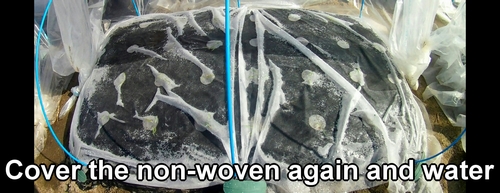
The middle bed is for baby leaf greens (mesclun greens). Here, similar to before, we perform additional fertilizing, reseeding, and watering.
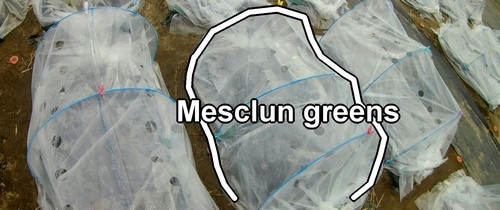
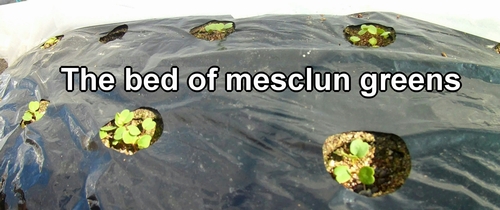
The back row is the bed where we planted komatsuna, baby bok choy, and sugar snap peas.
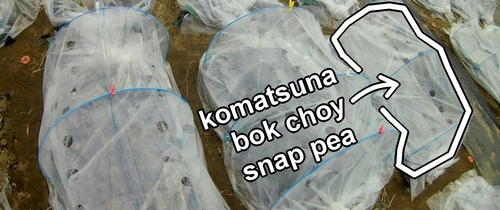

This bed has a low germination rate, so I will replant red leaf lettuce seeds.
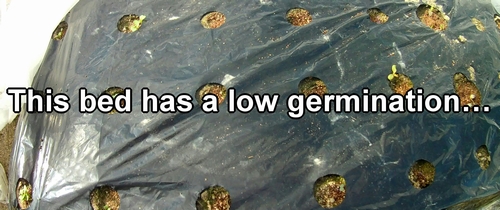
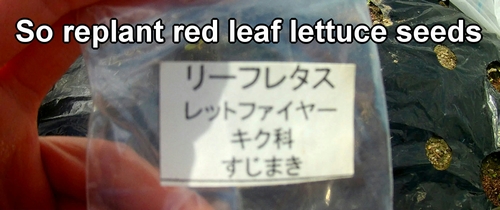
I decided to sow seeds again and also plant additional seedlings in the area designated for sugar snap peas. (No additional fertilization for sugar snap peas.)
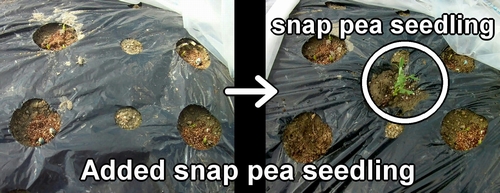
Cover only the leaf lettuce with non-woven fabric, leaving the snap peas uncovered.
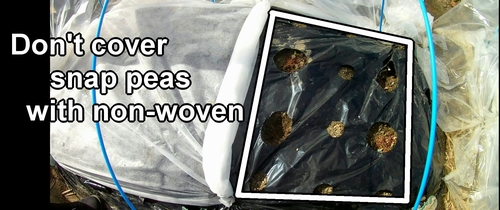
After watering, putting back the grow tunnels completes the process.

Following is the video for how-to. English subtitles are available.

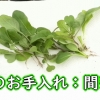
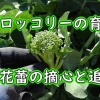
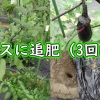






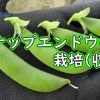
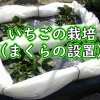
ディスカッション
コメント一覧
まだ、コメントがありません